Home>Garden Essentials>What Was The Seed Drill Used For
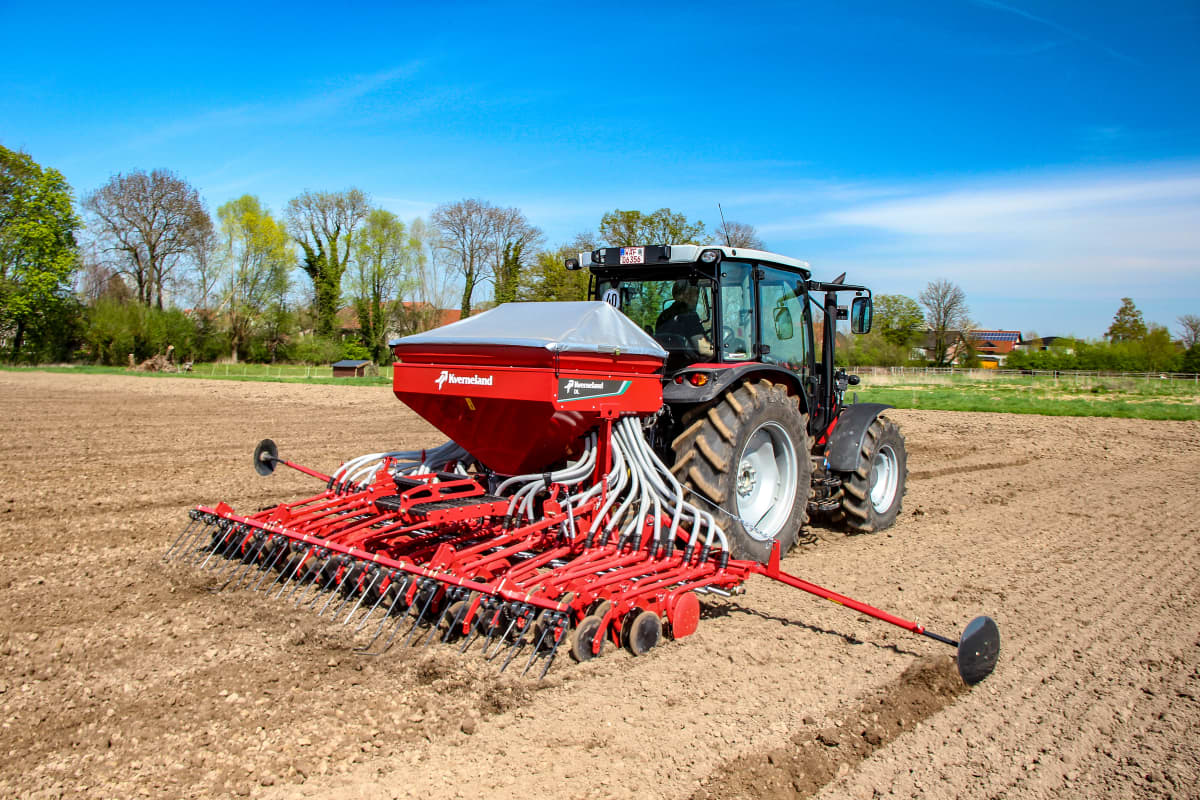

Garden Essentials
What Was The Seed Drill Used For
Modified: October 19, 2024
Discover the benefits of using a seed drill in your garden and increase efficiency. Learn how this tool can help you plant seeds evenly and save time.
(Many of the links in this article redirect to a specific reviewed product. Your purchase of these products through affiliate links helps to generate commission for Storables.com, at no extra cost. Learn more)
Introduction
Welcome to the wonderful world of gardening! Whether you are a seasoned gardener or just starting out, one of the most crucial elements of successful gardening is the planting process. And when it comes to efficient and precise planting, there’s one tool that stands out – the seed drill.
A seed drill is a revolutionary tool that has played a significant role in the history of agriculture. It has streamlined the planting process, making it faster, more accurate, and ultimately more productive. In this article, we will dive into the fascinating world of seed drills, exploring their history, purpose, functioning, advantages, and significance in the gardening world.
So, let’s roll up our sleeves and dig deeper into the world of seed drills!
Key Takeaways:
- The seed drill is like a magic planter for seeds, making gardening and farming easier. It saves time, plants seeds in neat rows, and helps plants grow strong and healthy.
- The seed drill is a super tool that helps farmers and gardeners grow more food with less work. It’s like a smart robot for planting seeds, making farming more efficient and sustainable.
Read more: What Does The Seed Drill Do
Definition of the Seed Drill
A seed drill is an agricultural tool designed to sow seeds in a systematic and controlled manner. It consists of a wheeled frame that holds the seeds in a hopper and a series of tubes or channels that transport the seeds from the hopper to the ground. The seed drill utilizes a mechanism that ensures the seeds are planted at consistent intervals and depths, resulting in uniform germination and growth.
Seed drills come in various sizes and designs, ranging from hand-operated versions for small-scale gardening to large, mechanized machines used in commercial agriculture. They can be manually pushed, pulled by animals, or attached to tractors or other machinery to facilitate the planting process.
Modern seed drills often incorporate advanced technologies such as GPS navigation and precision seed placement systems, further improving the accuracy and efficiency of seed planting.
The invention of the seed drill revolutionized the way seeds are planted, replacing traditional methods that relied on scattering seeds by hand or broadcasting them across the field. With the seed drill, farmers and gardeners can achieve more consistent and controlled planting, resulting in higher crop yields and reduced waste.
History of the Seed Drill
The seed drill has a rich history that dates back several centuries. It is believed to have been invented by Jethro Tull, an English agricultural pioneer, in the early 18th century. Tull was a forward-thinking farmer who sought to improve the efficiency and productivity of agriculture.
Prior to the invention of the seed drill, farmers would sow seeds by broadcasting them across the field or manually planting them by hand. These methods often resulted in uneven distribution of seeds, wastage, and a labor-intensive planting process. Tull recognized the need for a more precise and efficient way to sow seeds.
In 1701, Tull patented his seed drill invention, which he named “The Horse Hoeing Husbandry.” The seed drill consisted of a wooden frame with a seed hopper, a rotating cylinder, and slender tubes that delivered individual seeds to the ground. It was designed to be pulled by horses, allowing for a more controlled and uniform planting process.
Tull’s seed drill was a significant improvement over traditional sowing methods. It allowed farmers to plant seeds at a consistent depth and spacing, resulting in better germination rates and higher crop yields. The seed drill also reduced the amount of seed wastage, as seeds were placed directly into the soil rather than scattered on the surface.
Although Tull’s invention was met with skepticism by some farmers, its benefits soon became evident. The seed drill quickly gained popularity and was embraced by agricultural communities across England and Europe. Tull’s innovation laid the foundation for more advanced seed drill designs that emerged in the following decades.
Over time, the seed drill evolved to incorporate various improvements and modifications. In the 19th century, innovations such as the addition of a seed placement mechanism and a mechanical fertilizer attachment further enhanced the functionality of the seed drill.
Today, seed drills have evolved into highly advanced machines, incorporating modern technologies and features to optimize planting precision and efficiency. These advancements continue to revolutionize the agricultural industry, enabling farmers to maximize their crop production while conserving resources.
Purpose of the Seed Drill
The seed drill serves several important purposes in gardening and agriculture. Its primary purpose is to improve the efficiency, accuracy, and productivity of the seed planting process. By automating the seed sowing process, the seed drill allows for precise seed placement and uniform spacing, resulting in optimal germination and crop growth.
One of the key purposes of the seed drill is to save time and labor. Before the seed drill was invented, farmers had to sow seeds manually by scattering them or planting them by hand. This process was tedious, time-consuming, and often resulted in uneven distribution of seeds. The seed drill eliminates the need for manual sowing, enabling farmers to cover larger areas in a shorter amount of time.
Another purpose of the seed drill is to improve seed-to-soil contact. When seeds are planted too deep or too shallow, they may fail to germinate or receive sufficient nutrients and moisture from the soil. The seed drill ensures that seeds are planted at the optimal depth, ensuring better contact with the soil for successful germination.
The seed drill also plays a crucial role in optimizing seed spacing. Proper spacing is essential for healthy plant growth, as it prevents overcrowding and competition for resources among the emerging seedlings. With the seed drill, seeds can be planted at consistent intervals, allowing for adequate spacing between plants and enhancing their chances of thriving.
In addition, the seed drill contributes to efficient resource utilization. By accurately placing seeds at the desired depth and spacing, it reduces seed wastage and minimizes the need for thinning or replanting. This not only saves seeds but also conserves water, fertilizers, and other resources that would otherwise be expended on unnecessary plantings.
Furthermore, the seed drill enables precision farming practices. With the aid of advanced technologies, modern seed drills can precisely place seeds with GPS-guided navigation and implement variable rate seeding. This allows farmers to customize the seed rates based on specific soil conditions, crop varieties, or target yield goals.
Overall, the purpose of the seed drill is to revolutionize the seed planting process, making it more efficient, accurate, and productive. It streamlines the workflow, improves germination rates, optimizes resource utilization, and ultimately contributes to the success of agricultural endeavors.
Functioning of the Seed Drill
The seed drill operates on a simple yet effective mechanism that ensures precise seed placement in the soil. While there may be variations in design and features, the fundamental functioning of a seed drill remains consistent.
1. Seed Hopper: The seed drill is equipped with a seed hopper where the seeds are stored. The hopper is designed to hold a specific amount of seeds, allowing for continuous planting without the need for frequent refilling.
2. Metering Mechanism: The metering mechanism controls the rate at which seeds are released from the hopper. It ensures that the seeds are dispensed consistently and in the desired quantity, allowing for accurate and uniform seed spacing.
3. Tubes or Channels: From the hopper, the seeds travel through tubes or channels that transport them from the hopper to the ground. These tubes or channels are strategically designed to deliver the seeds in the designated row spacing and at the desired depth.
4. Coulter or Opener: The seed drill is equipped with a coulter or opener, a sharp blade-like component that creates a furrow or slit in the soil. This furrow serves as the planting groove for the seeds to be placed into.
5. Seed Placement: As the seed drill moves forward, the seeds are released from the tubes or channels into the furrow created by the coulter. The seeds are placed at the desired depth, ensuring proper seed-to-soil contact for optimal germination.
6. covering mechanism: After the seeds are placed in the furrow, a covering mechanism, such as a press wheel or a chain, is used to lightly cover the seeds with soil. This helps protect the seeds from exposure to harsh weather conditions, ensures consistent moisture levels, and provides a favorable environment for germination.
7. Depth and Spacing Adjustment: Depending on the seed drill model, there are provisions for adjusting the depth and spacing of seed placement. This flexibility allows farmers to customize the planting parameters based on the specific crop requirements and soil conditions.
8. Tractor or Manual Operation: Seed drills can either be manually operated or attached to tractors or other machinery for mechanized planting. Manual seed drills are pushed or pulled by humans or animals, while mechanized versions are powered by the tractor’s engine.
By following this sequential process, the seed drill efficiently and accurately plants seeds in a controlled manner. Its functioning ensures that each seed is placed at the appropriate depth and spacing, optimizing the chances of successful germination and uniform crop growth.
The seed drill was used for planting seeds in rows at the correct depth and spacing, which improved crop yields and made farming more efficient.
Read more: What Bit To Use To Drill Into Brick
Advantages of Using the Seed Drill
The seed drill offers numerous advantages over traditional seed planting methods. Let’s explore some of the key benefits of using a seed drill:
1. Increased Efficiency: The seed drill significantly improves planting efficiency by automating the seed sowing process. It eliminates the need for manual seed scattering or hand planting, allowing farmers to cover larger areas in less time and with less labor.
2. Precise Seed Placement: One of the major advantages of the seed drill is its ability to ensure accurate and consistent seed placement. Seeds are planted at the desired depth and spacing, providing optimal conditions for germination and reducing competition between seedlings for resources.
3. Uniform Crop Growth: With the seed drill, seeds are distributed in a controlled manner, resulting in uniform crop growth. This helps in achieving even plant density, minimizing the risk of overcrowding, and ensuring better utilization of available nutrients and sunlight.
4. Waste Reduction: The precise seed placement provided by the seed drill helps reduce seed wastage. Seeds are placed directly into the soil, minimizing losses due to scattering or exposure to environmental factors. This not only saves money but also reduces environmental impacts.
5. Resource Optimization: By targeting seed placement, the seed drill optimizes the use of resources such as water, fertilizers, and pesticides. Seeds are planted at the desired depth, promoting better moisture absorption and reducing water runoff. This leads to improved resource efficiency and cost-effectiveness.
6. Time and Labor Savings: The use of a seed drill eliminates the need for manual seed planting, saving significant time and labor. Farmers can cover more ground efficiently, allowing for increased productivity and the opportunity to focus on other agricultural tasks.
7. Customization and Precision: Modern seed drill technologies offer customization options, such as variable rate seeding and GPS-guided navigation. This allows farmers to adjust seed rates based on soil variability, crop requirements, and yield goals. The precision offered by these features enhances planting accuracy and ensures optimal crop performance.
8. Improved Crop Yields: With its ability to optimize seed spacing and placement, the seed drill improves crop yields. Uniform plant spacing allows each plant to access sufficient sunlight, nutrients, and water, resulting in healthier plants and higher overall productivity.
9. Adaptability to Different Conditions: Seed drills can be adjusted to suit various soil types, crop varieties, and planting conditions. They can be used in a wide range of farming systems, from small-scale gardens to large-scale agricultural operations.
10. Continual Innovation: The seed drill continues to evolve with advancements in technology. This ensures that farmers have access to the latest features and improvements, further enhancing planting precision, efficiency, and overall agricultural productivity.
The advantages of using a seed drill are manifold, benefiting farmers and gardeners by streamlining the planting process, improving crop yields, and contributing to sustainable agriculture.
Disadvantages of Using the Seed Drill
While the seed drill offers numerous advantages, there are some potential disadvantages to consider:
1. Initial Investment: Purchasing a seed drill can be a significant investment, especially for small-scale farmers or gardeners. The cost of the equipment, maintenance, and repairs may pose a financial burden for those with limited resources.
2. Complexity and Skill Requirement: Seed drills, particularly the more advanced models, may require specialized knowledge and training to operate effectively. Farmers and gardeners need to understand the mechanics, settings, and adjustments of the seed drill to ensure proper functioning and accurate seed placement.
3. Size and Accessibility: Some seed drills, particularly the larger mechanized versions, require ample space and access for maneuvering. This may pose a challenge for farmers with limited land or constrained agricultural settings.
4. Maintenance and Repairs: Like any mechanical equipment, seed drills require regular maintenance and occasional repairs. This includes tasks such as cleaning, lubrication, calibration, and replacement of worn-out parts. Proper upkeep is essential to ensure the longevity and optimal performance of the seed drill.
5. Limitations on Seed Type and Size: Seed drills are designed for specific seed types and sizes. They may not be suitable for extremely large or irregularly shaped seeds, requiring alternative planting methods for such crops.
6. Dependence on favorable weather conditions: Seed drills are most effective when used under favorable weather conditions. If the ground is too wet or excessively dry, the seed drill’s performance may be compromised, resulting in poor seed germination and growth.
7. Limited Flexibility in Field Shape: Some seed drills are designed for specific field shapes or patterns. Farmers with irregularly shaped fields may find it challenging to effectively utilize the seed drill’s capabilities and achieve optimal seed placement.
8. Lack of Adaptability for Small-scale Gardening: While seed drills are immensely beneficial for large-scale agriculture, they may not be practical or cost-efficient for small-scale or home gardeners. Hand-operated or manually operated seed drills may be more suitable for smaller gardening endeavors.
It is important to weigh these potential disadvantages against the advantages of using a seed drill and consider the specific needs and circumstances of the farming operation or gardening project.
Impact and Significance of the Seed Drill
The seed drill has had a profound impact on agriculture and gardening, shaping the way seeds are planted and revolutionizing the industry. Its significance can be seen in several areas:
1. Increased Agricultural Productivity: The seed drill has significantly increased agricultural productivity by improving seed placement accuracy, uniform plant spacing, and optimized resource utilization. This has led to higher crop yields and improved food security, allowing farmers to produce more with less effort and resources.
2. Efficient Land Use: The precise seed placement and uniform plant spacing achieved with the seed drill allow for optimal land utilization. Farmers can maximize their land’s potential, reducing wastage of space and resources. The seed drill enables them to cultivate crops more efficiently, even in limited land areas.
3. Conservation of Resources: The seed drill plays a vital role in conserving resources such as water, fertilizers, and pesticides. By precisely placing seeds at the desired depth and spacing, farmers can reduce the amount of water needed for germination, minimize fertilizer runoff, and target pesticide application only where necessary.
4. Reduction of Soil Erosion: The seed drill promotes sustainable farming practices by preventing soil erosion. By placing seeds at the optimal depth, the seed drill helps establish a stronger root system, which in turn stabilizes soil particles, reducing erosion caused by wind and water runoff.
5. Time and Labor Savings: The efficiency and automation provided by the seed drill translate into significant time and labor savings for farmers. With faster and more precise seed planting, farmers can allocate their resources to other vital farming operations, increasing overall productivity and profitability.
6. Advancement in Crop Breeding and Improvement: The seed drill has facilitated advancements in crop breeding and improvement. By ensuring uniform plant spacing and consistent seed placement, researchers and breeders can better evaluate crop performance and breeding trials, leading to the development of improved crop varieties with higher yields, disease resistance, and other desirable traits.
7. Precision Farming Practices: The seed drill, particularly modern versions equipped with advanced technologies, enables precision farming practices. By utilizing GPS guidance and variable rate seeding, farmers can customize seed rates, adjusting according to soil variability, crop requirements, and yield goals. This precision optimizes resource allocation and helps farmers make informed decisions to maximize crop performance.
8. Historical Importance: The seed drill holds historical significance as a landmark invention in agricultural development. Jethro Tull’s pioneering work in the 18th century laid the foundation for mechanized agriculture and paved the way for further innovations in agricultural technology.
The impact and significance of the seed drill extend beyond immediate farming benefits. It has contributed to sustainable agriculture practices, improved food production, and fostered technological advancements in the industry. Today, the seed drill continues to play a crucial role in enhancing agricultural productivity and sustainable farming practices worldwide.
Conclusion
The seed drill has transformed the world of gardening and agriculture, revolutionizing the way seeds are planted and contributing to increased productivity, resource efficiency, and sustainable farming practices. This innovative tool, from its humble origins in the 18th century to its modern-day advancements, has had a profound impact on the industry and continues to play a vital role in shaping the future of farming.
By automating the seed planting process, the seed drill offers numerous advantages. It improves efficiency, saving time and labor while ensuring precise seed placement and uniform plant spacing. The seed drill optimizes resource utilization, reducing wastage of seeds, water, fertilizers, and pesticides. It also promotes sustainable practices by minimizing soil erosion and facilitating precision farming techniques.
Furthermore, the seed drill has historical significance, serving as a landmark invention in the realm of agriculture. Its impact extends beyond immediate benefits, as it has paved the way for further advancements in agricultural technology and breeding techniques.
While the seed drill has undeniable advantages, it is important to acknowledge some potential limitations, such as the initial investment cost, complexity, and size constraints. However, these disadvantages are outweighed by the significant benefits that the seed drill brings to farmers, allowing them to achieve higher crop yields, improve land utilization, and conserve resources.
In conclusion, the seed drill represents a remarkable achievement in agricultural innovation. Its precise seed placement, uniform plant spacing, and resource efficiency make it an indispensable tool for farmers and gardeners alike. As we continue to strive for sustainable and productive farming practices, the seed drill will remain a keystone in the advancement of agriculture, contributing to the growth and prosperity of the industry for generations to come.
Frequently Asked Questions about What Was The Seed Drill Used For
Was this page helpful?
At Storables.com, we guarantee accurate and reliable information. Our content, validated by Expert Board Contributors, is crafted following stringent Editorial Policies. We're committed to providing you with well-researched, expert-backed insights for all your informational needs.
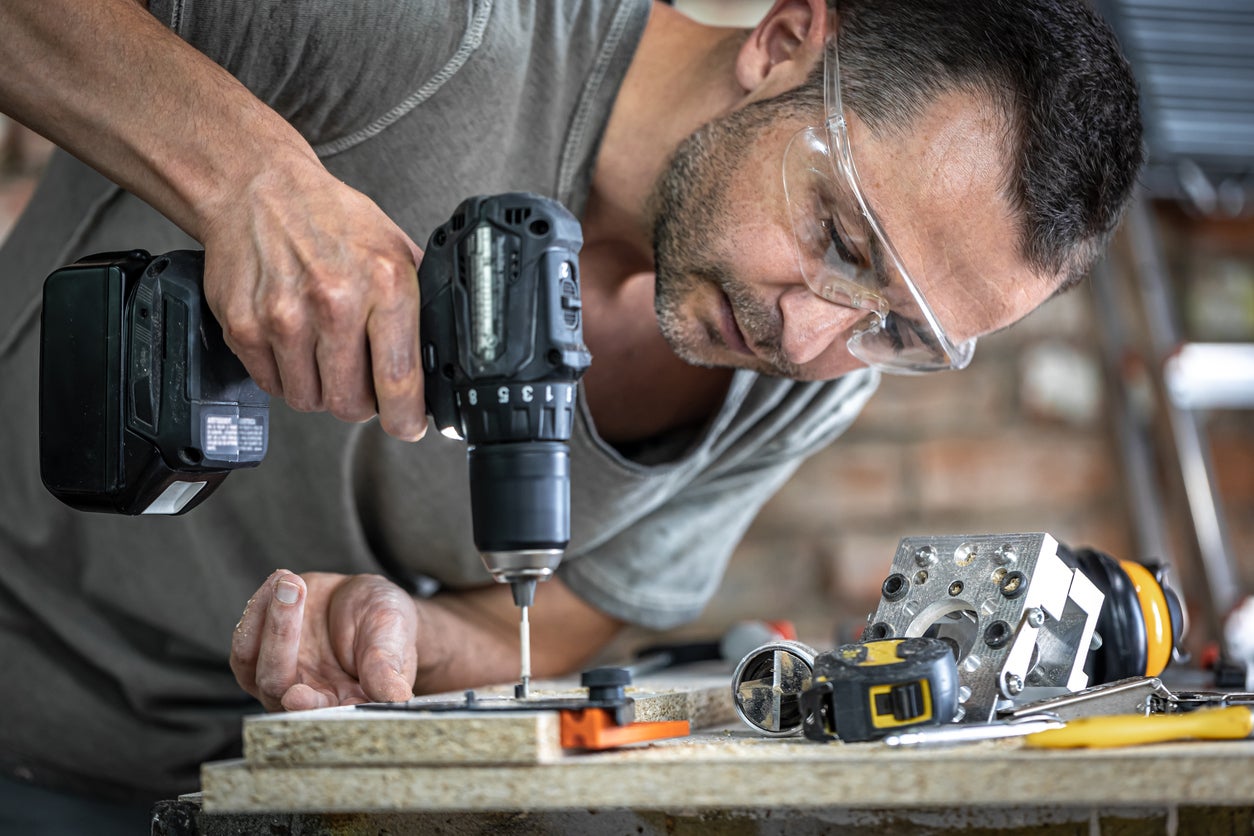
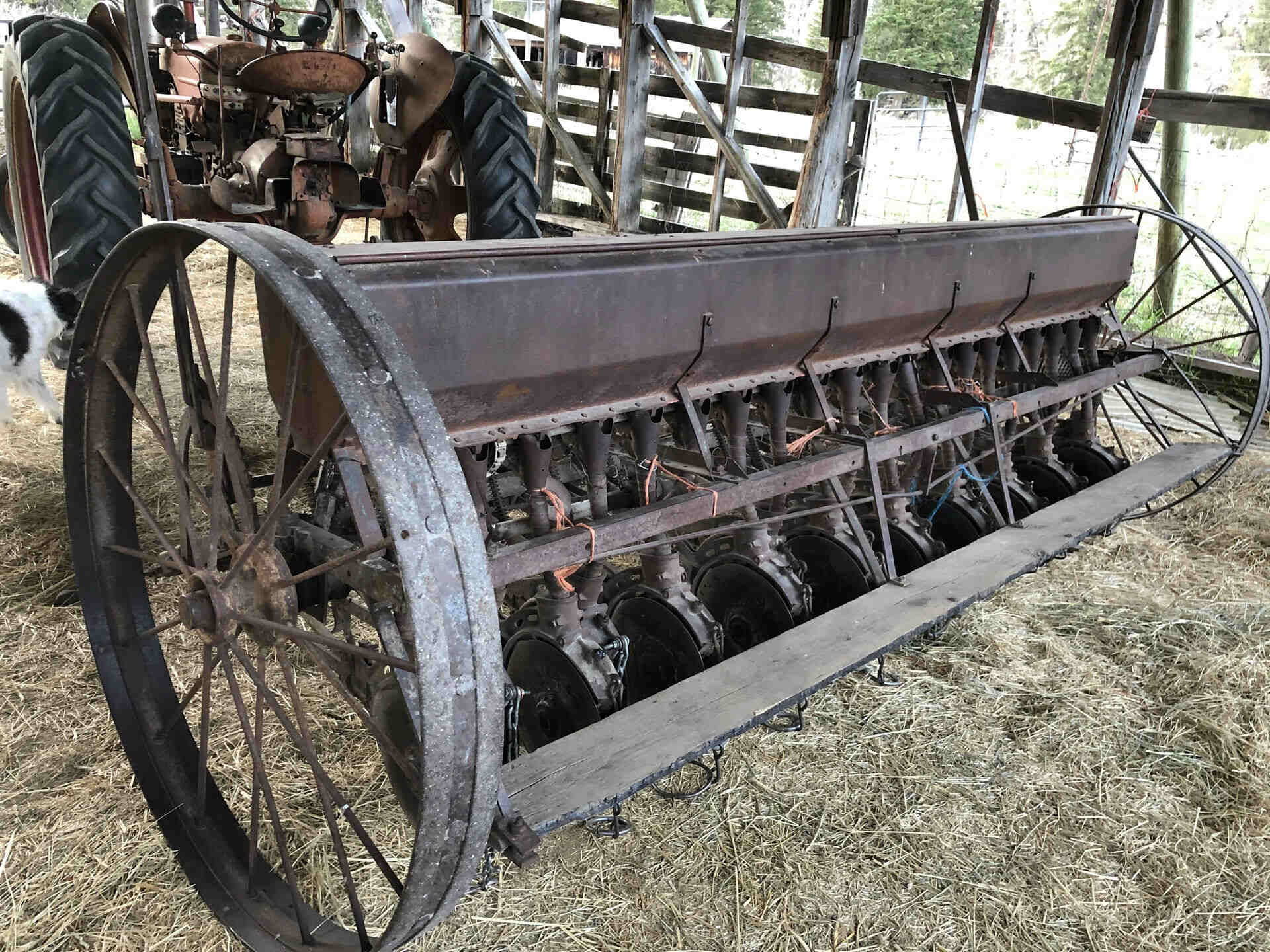
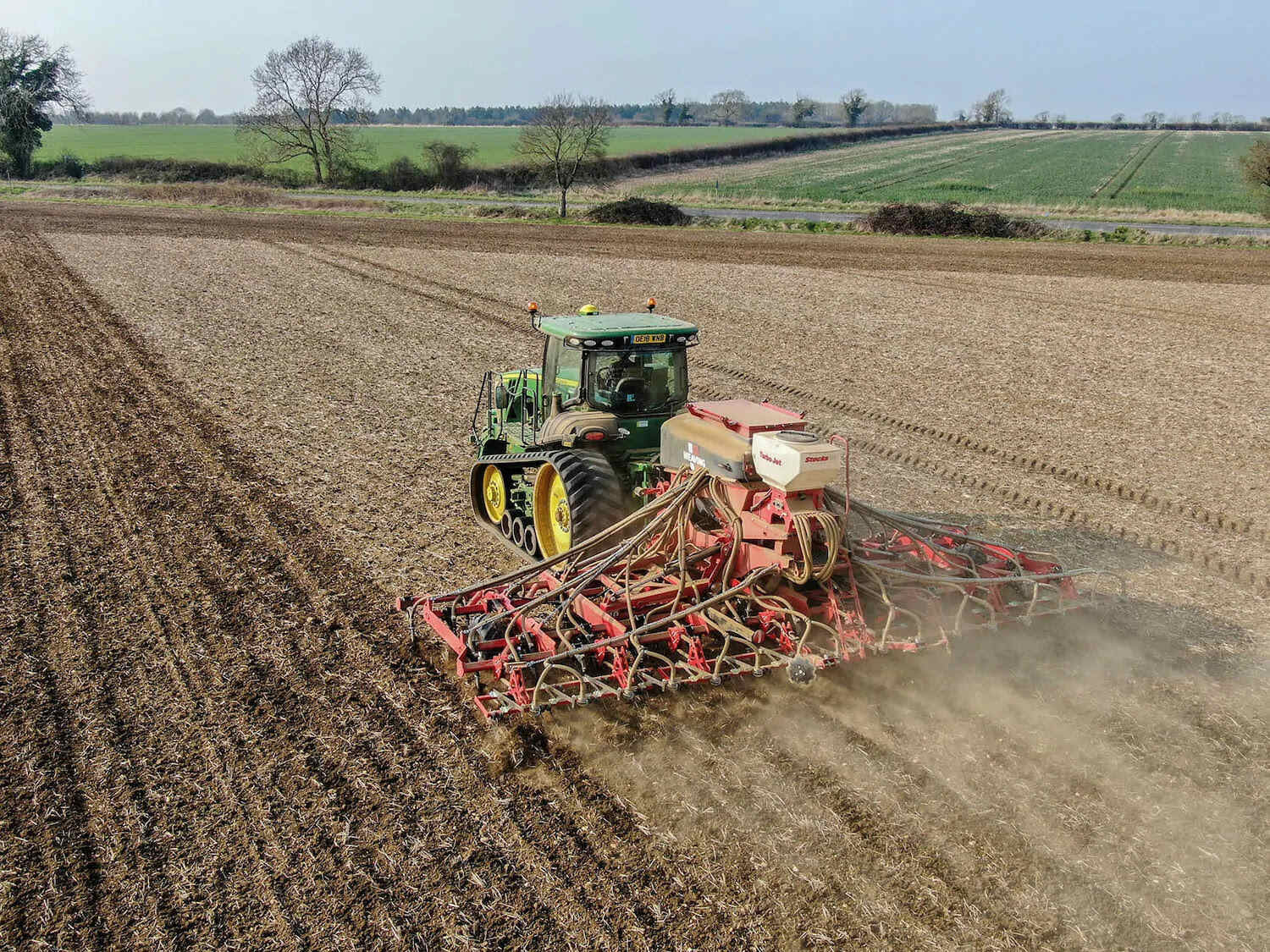
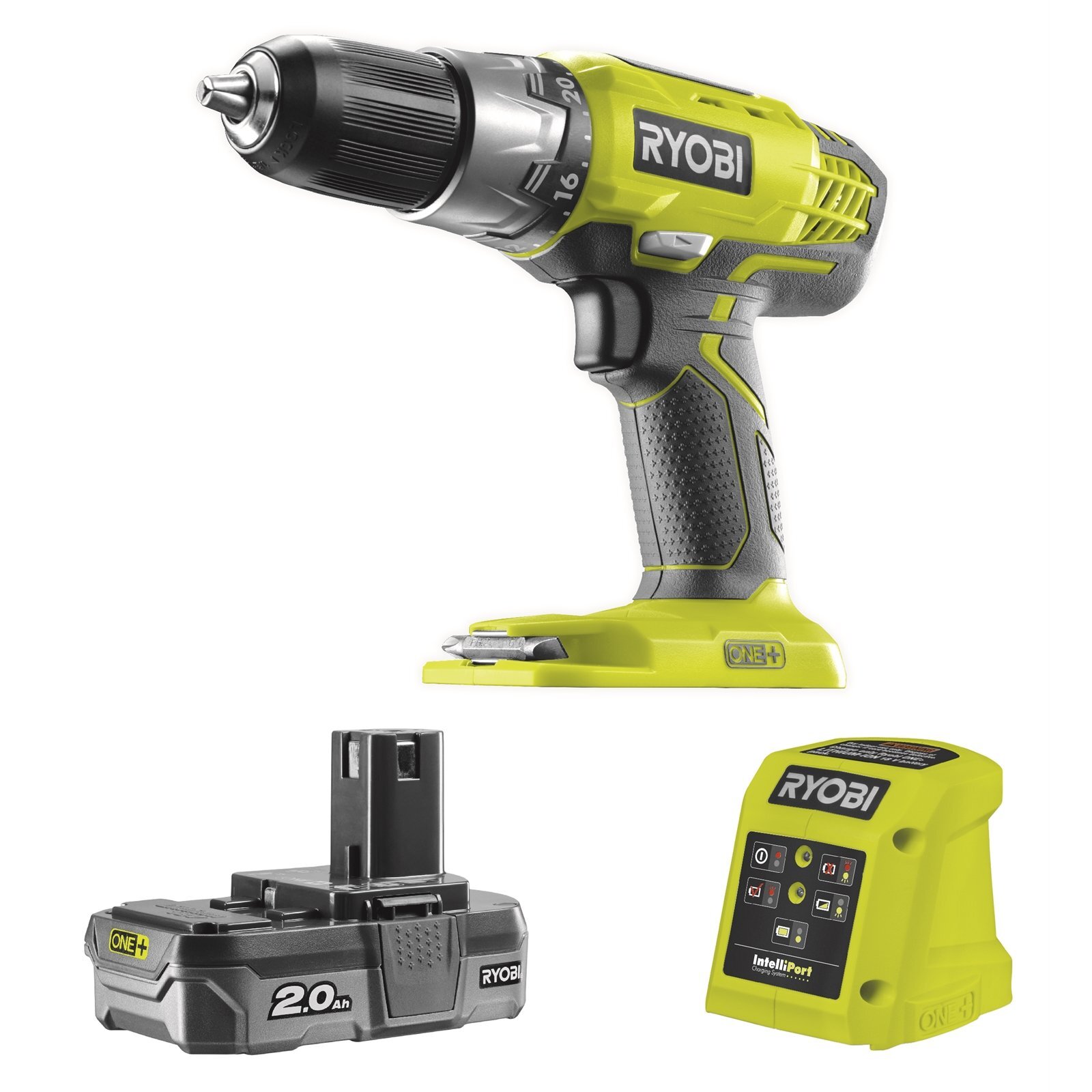
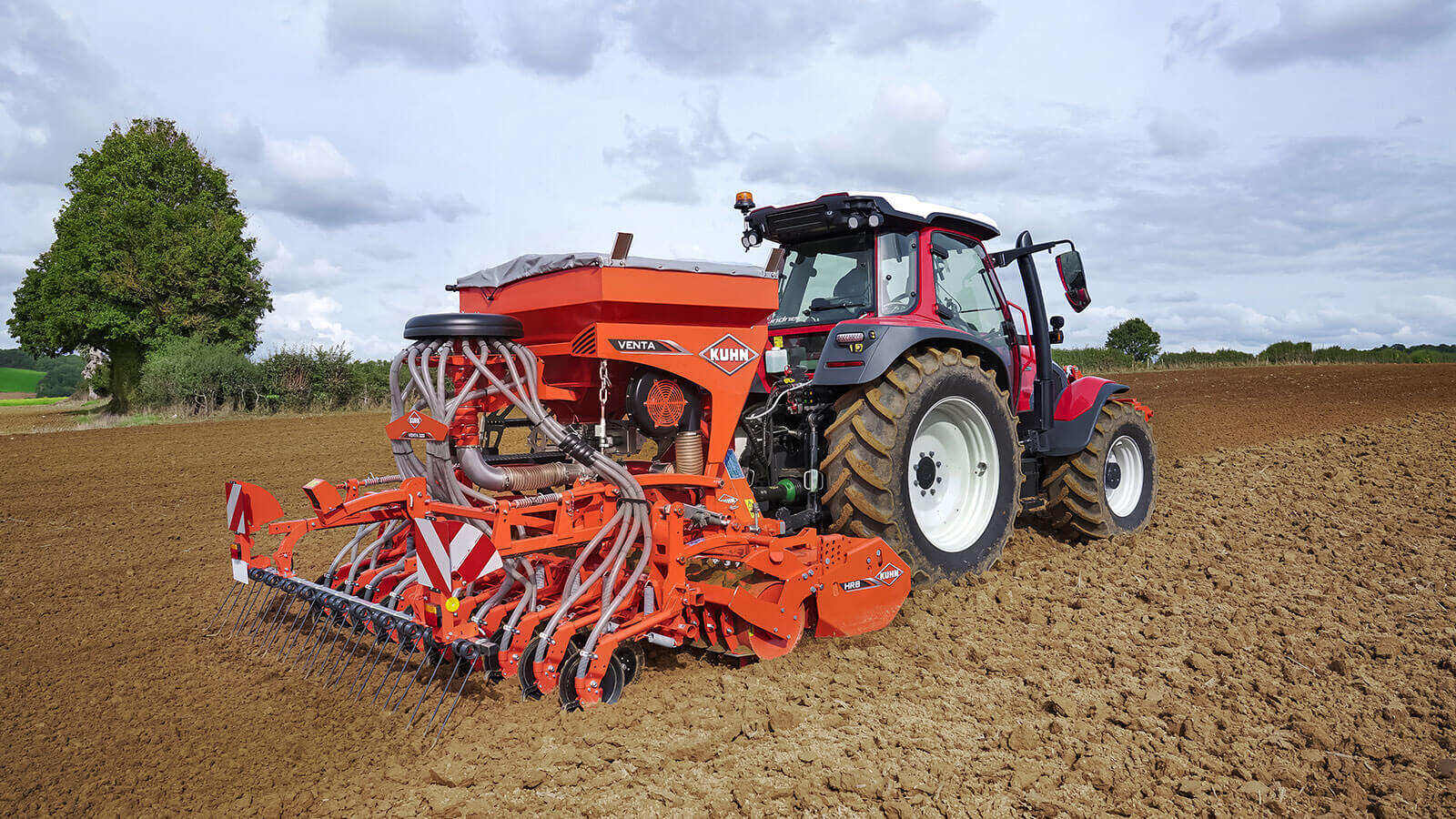
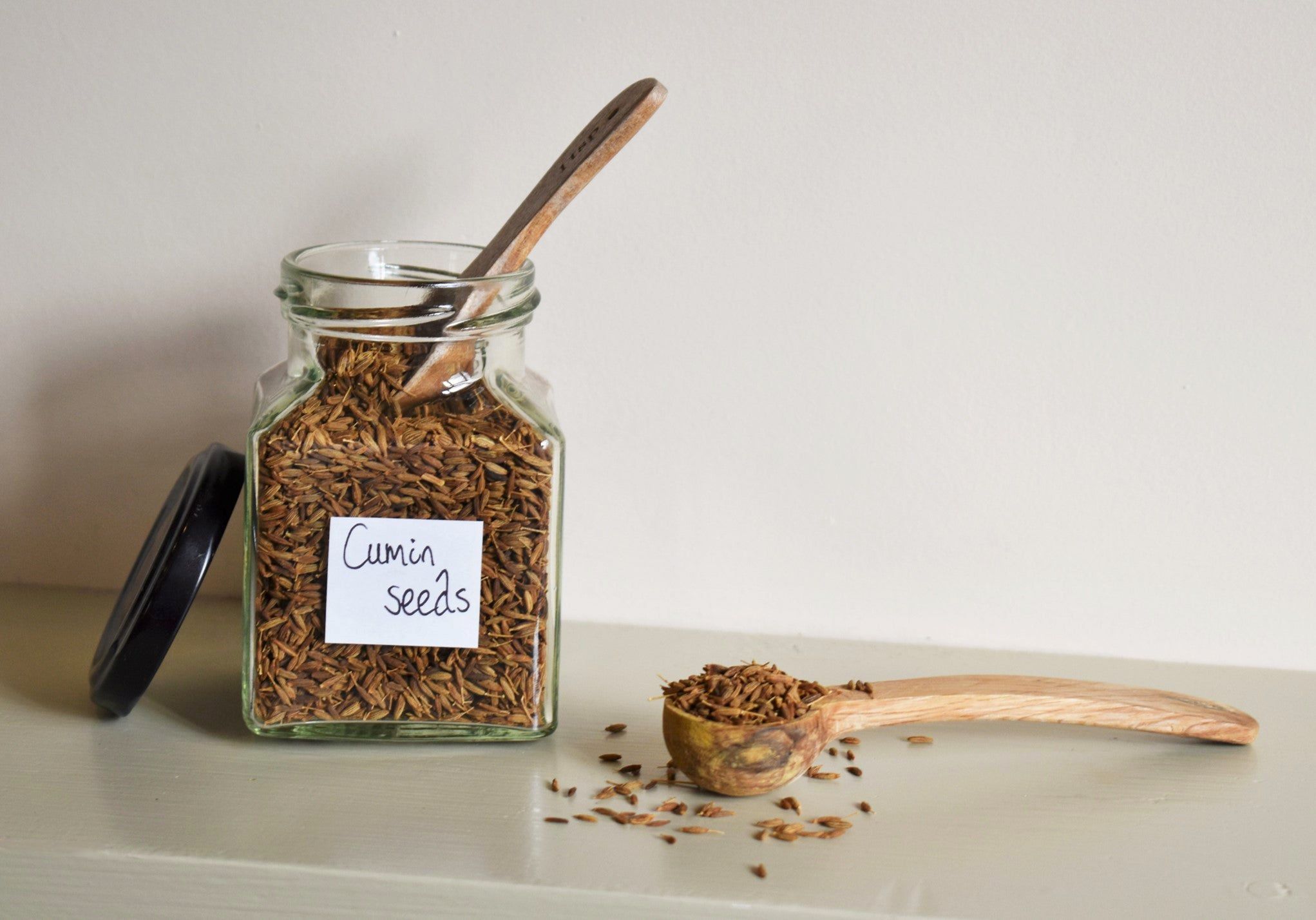
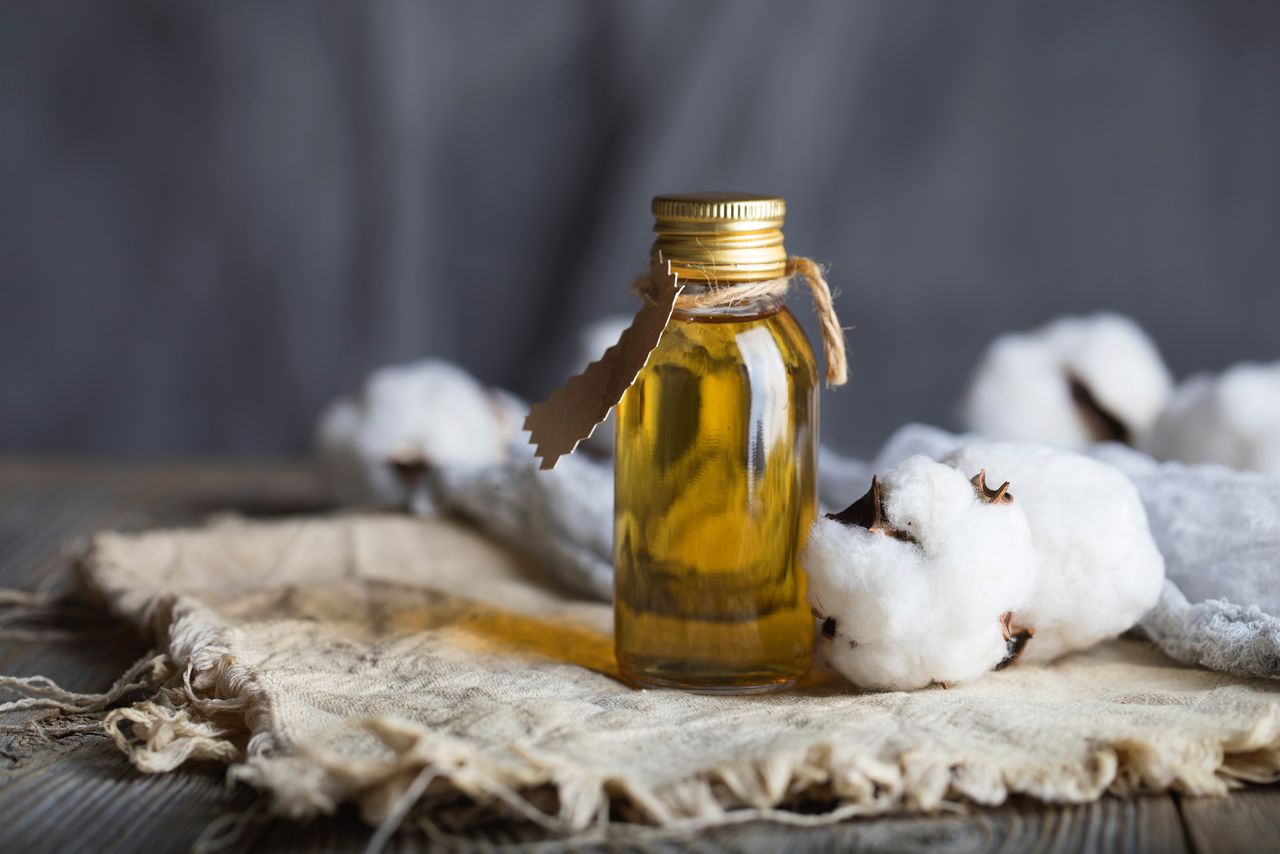
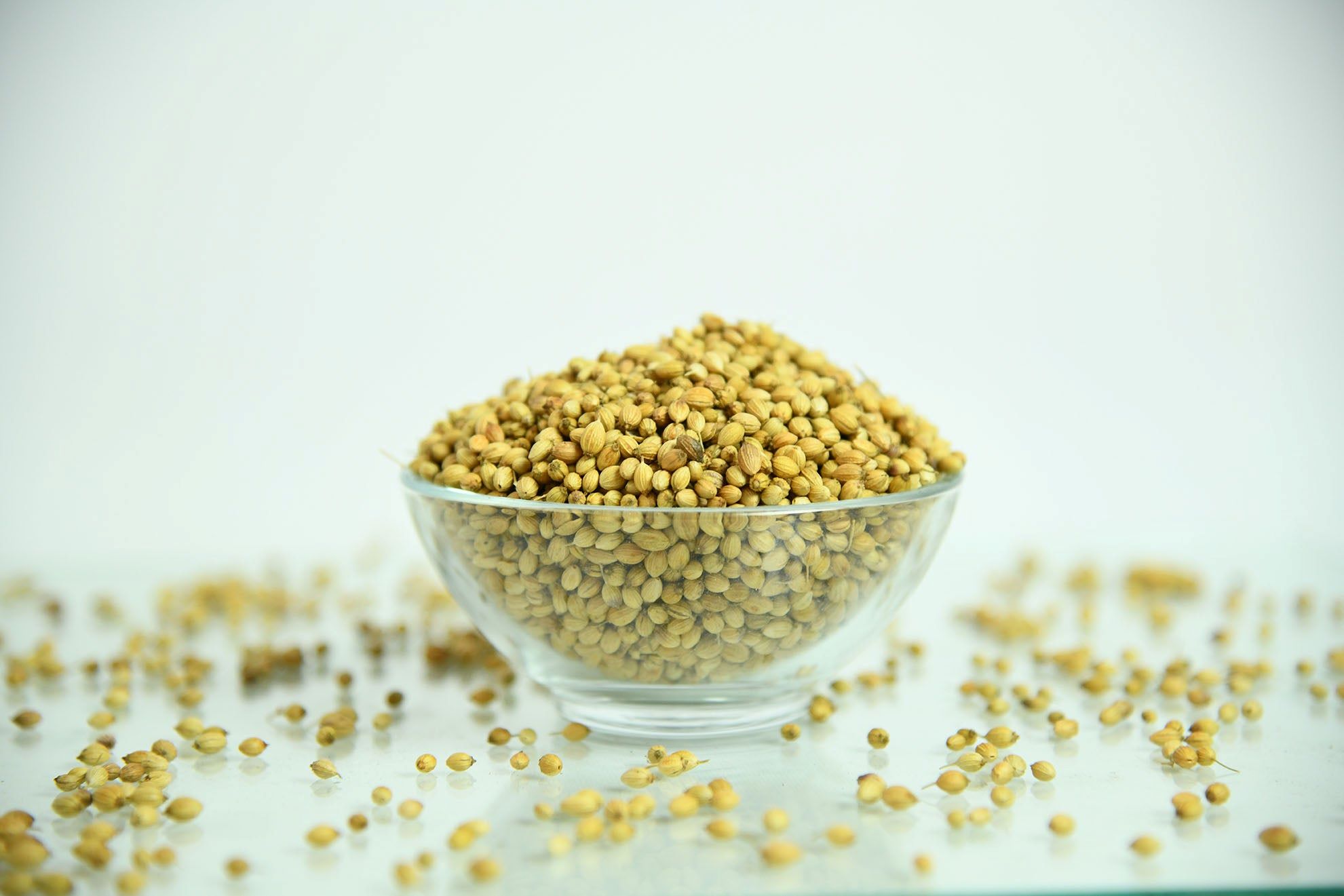
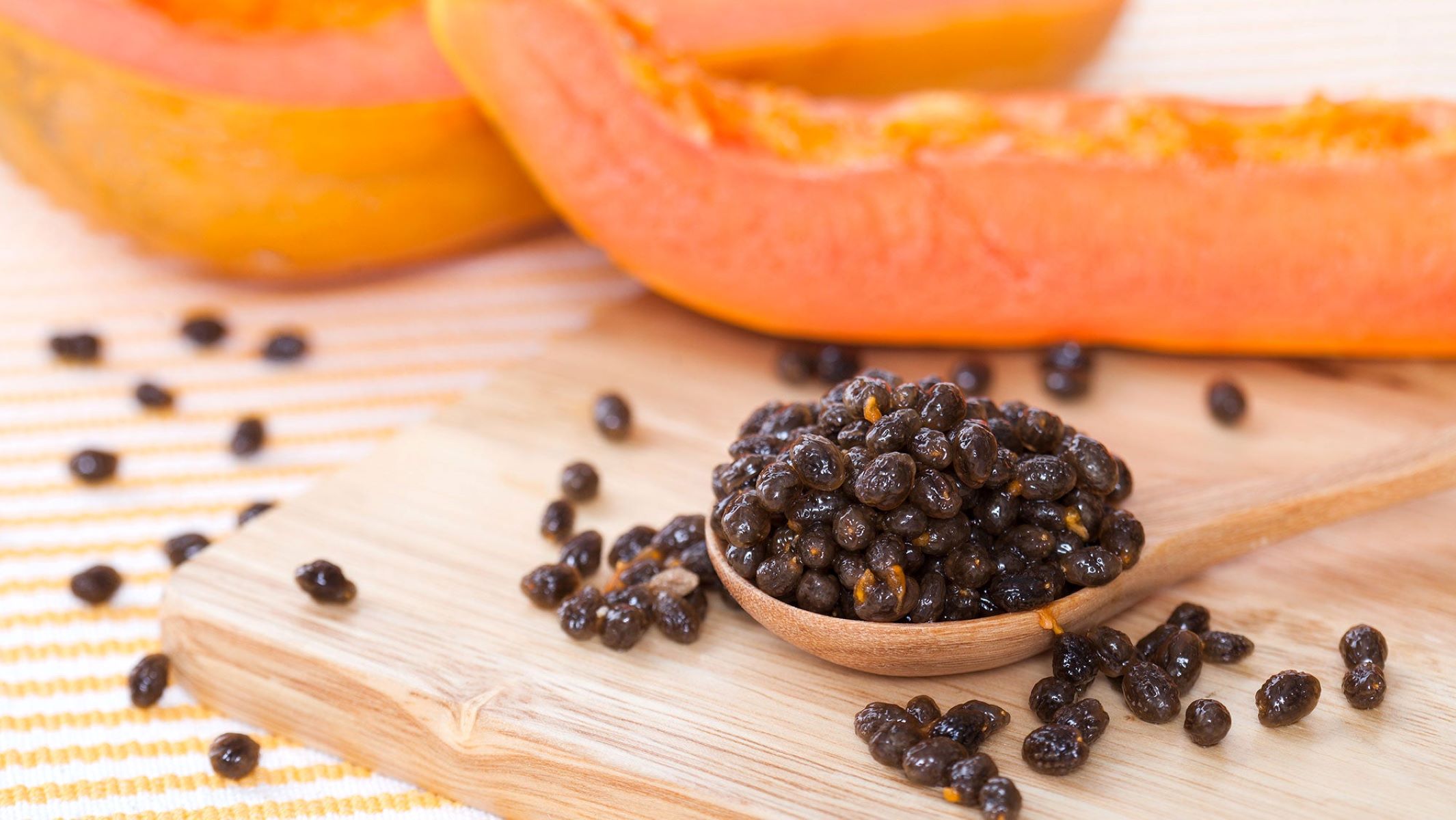
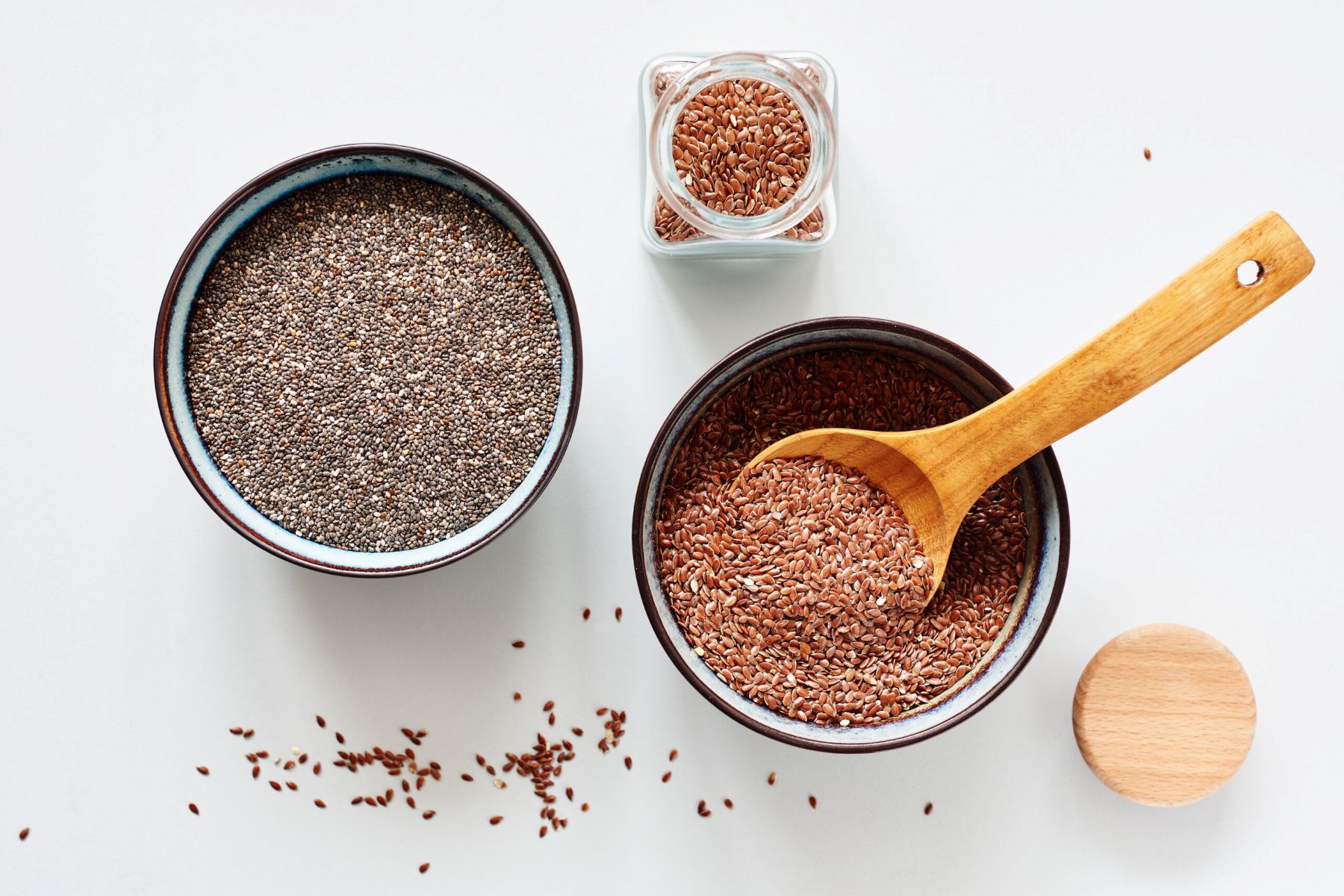
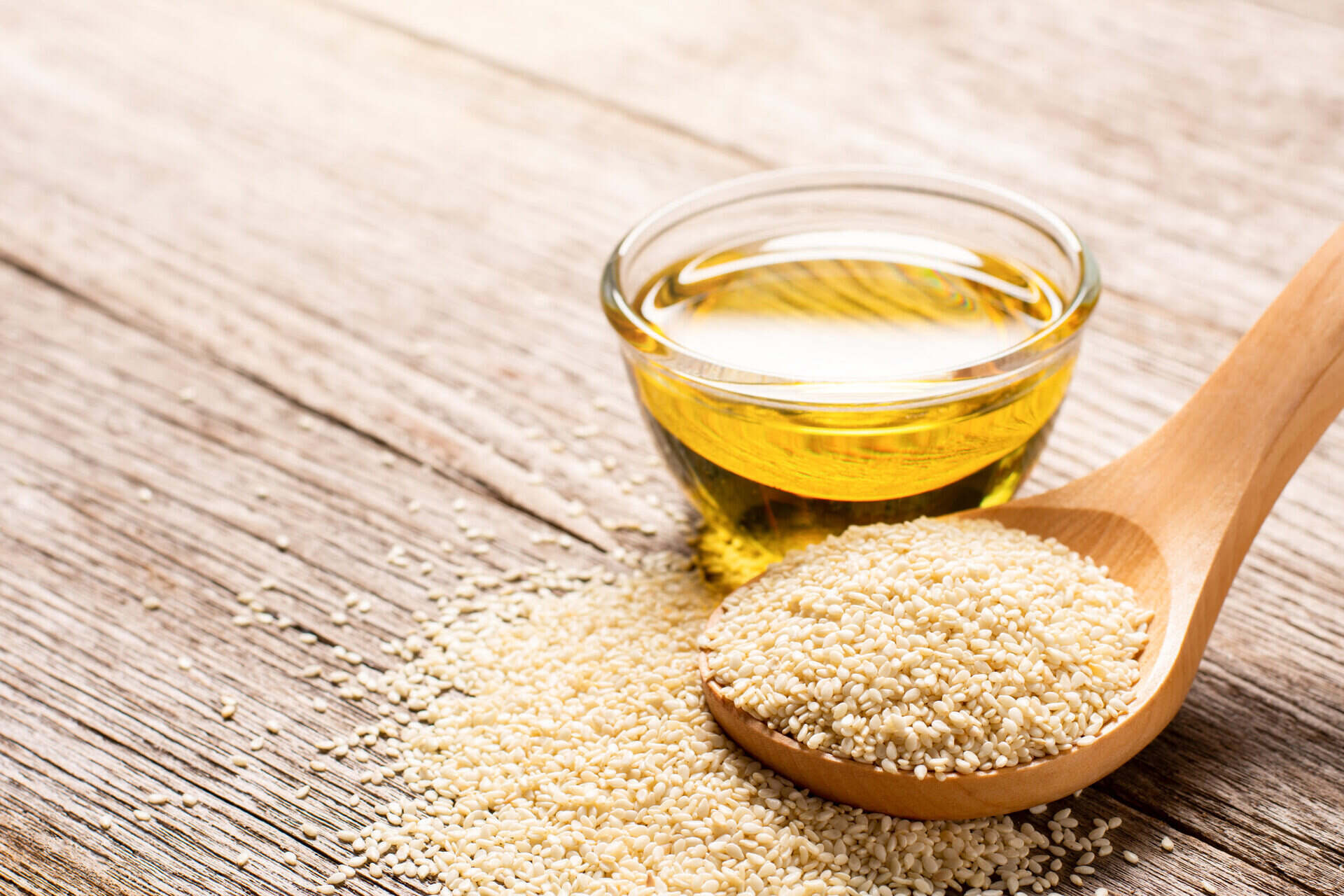
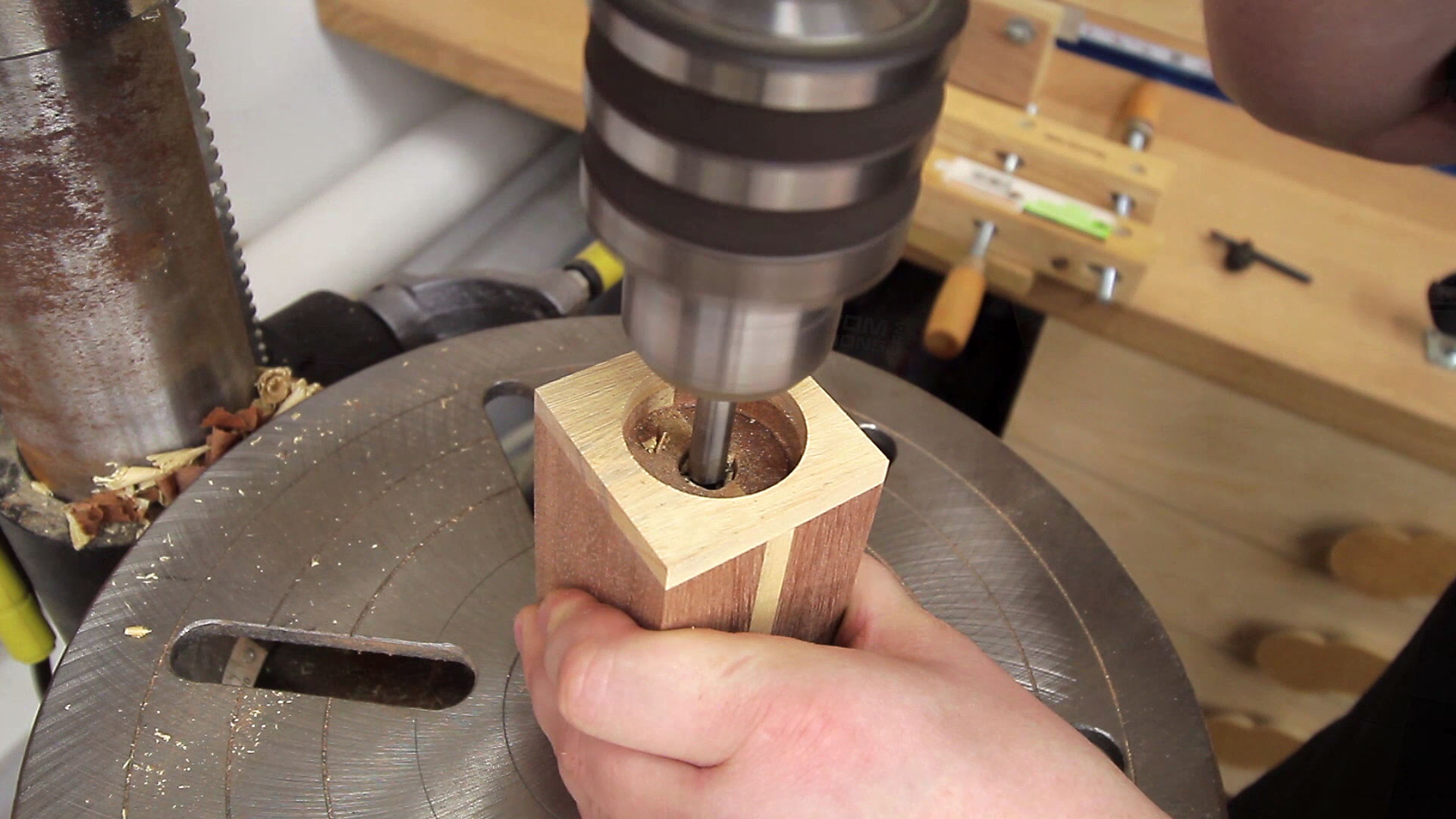
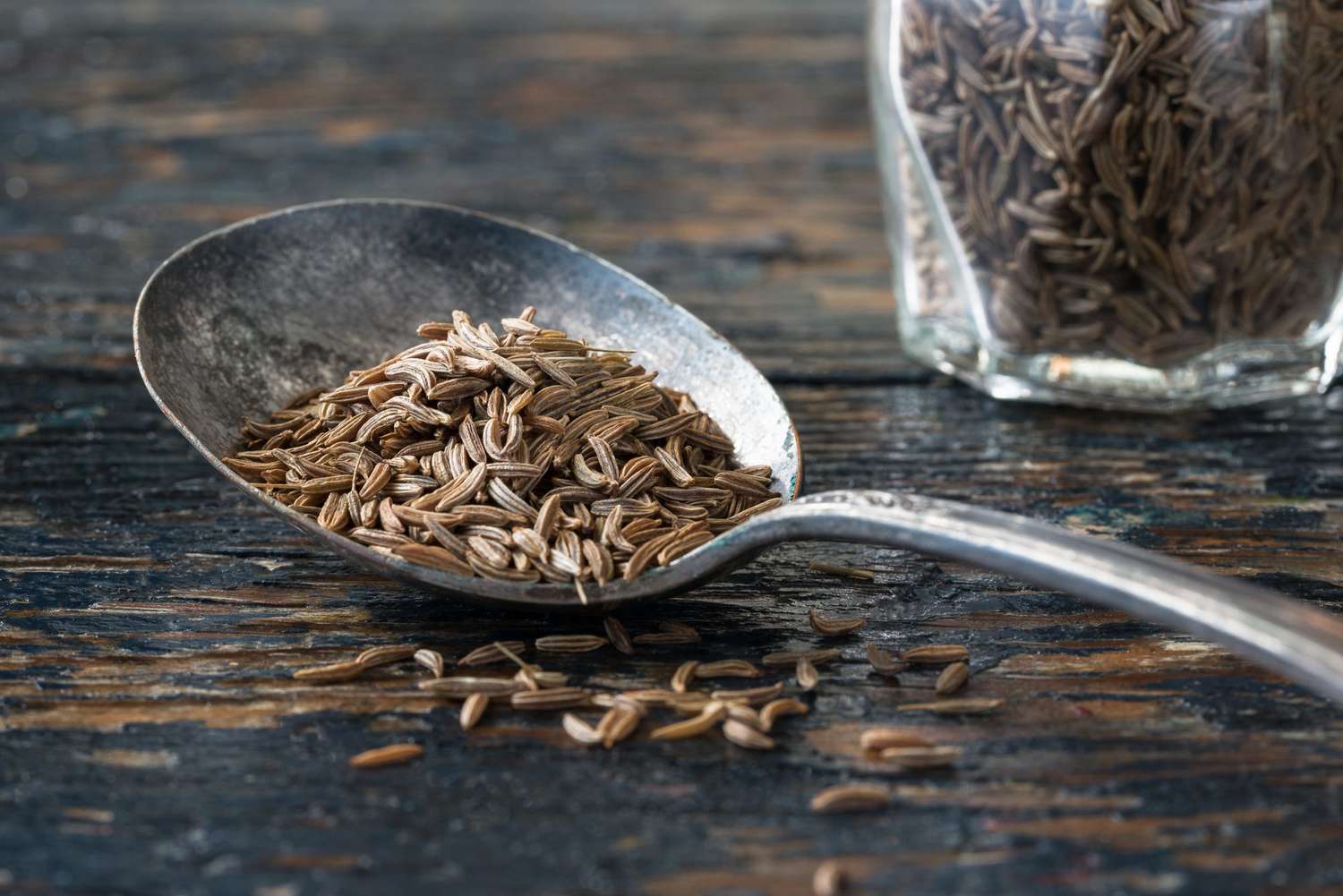
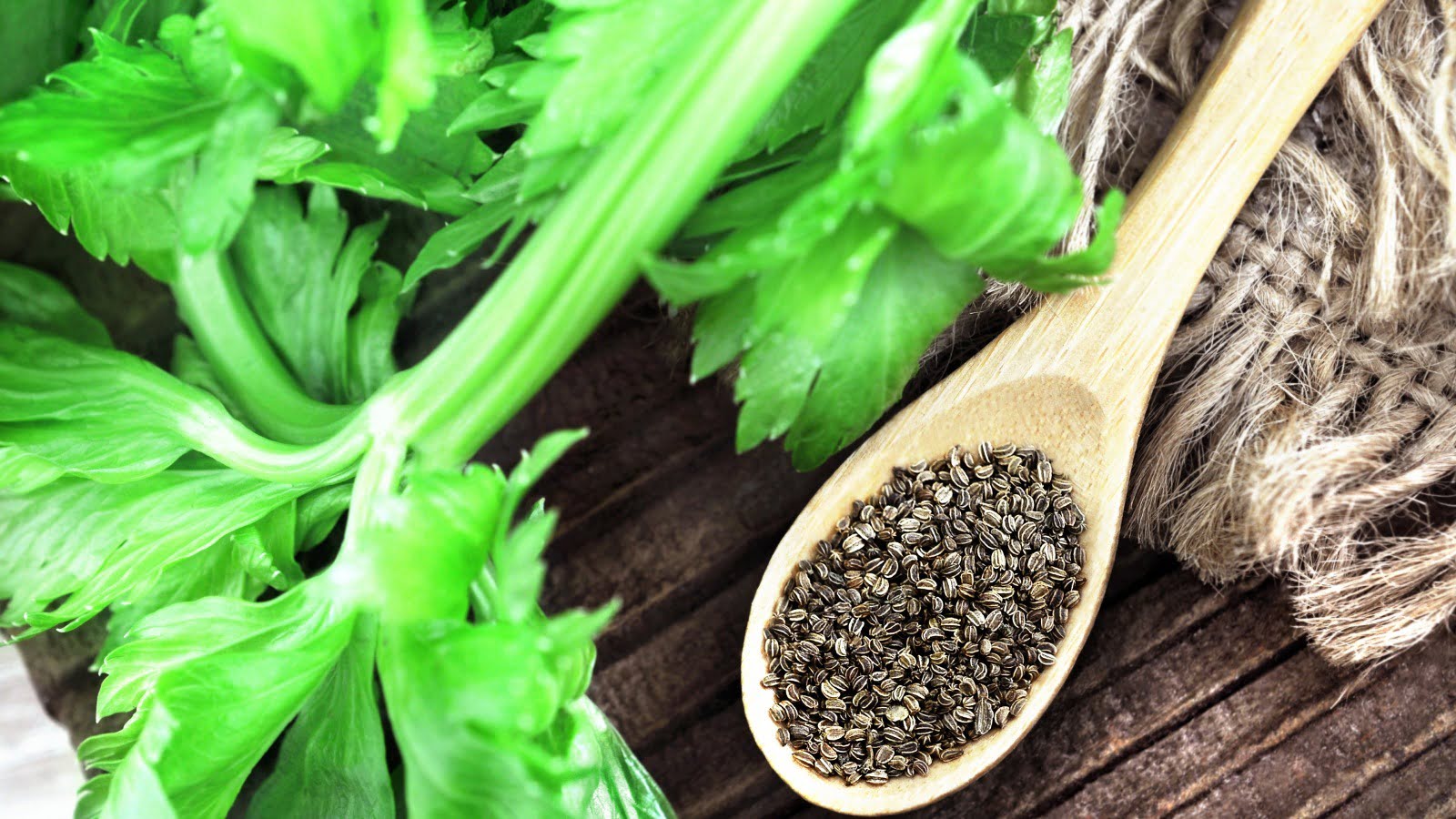

0 thoughts on “What Was The Seed Drill Used For”